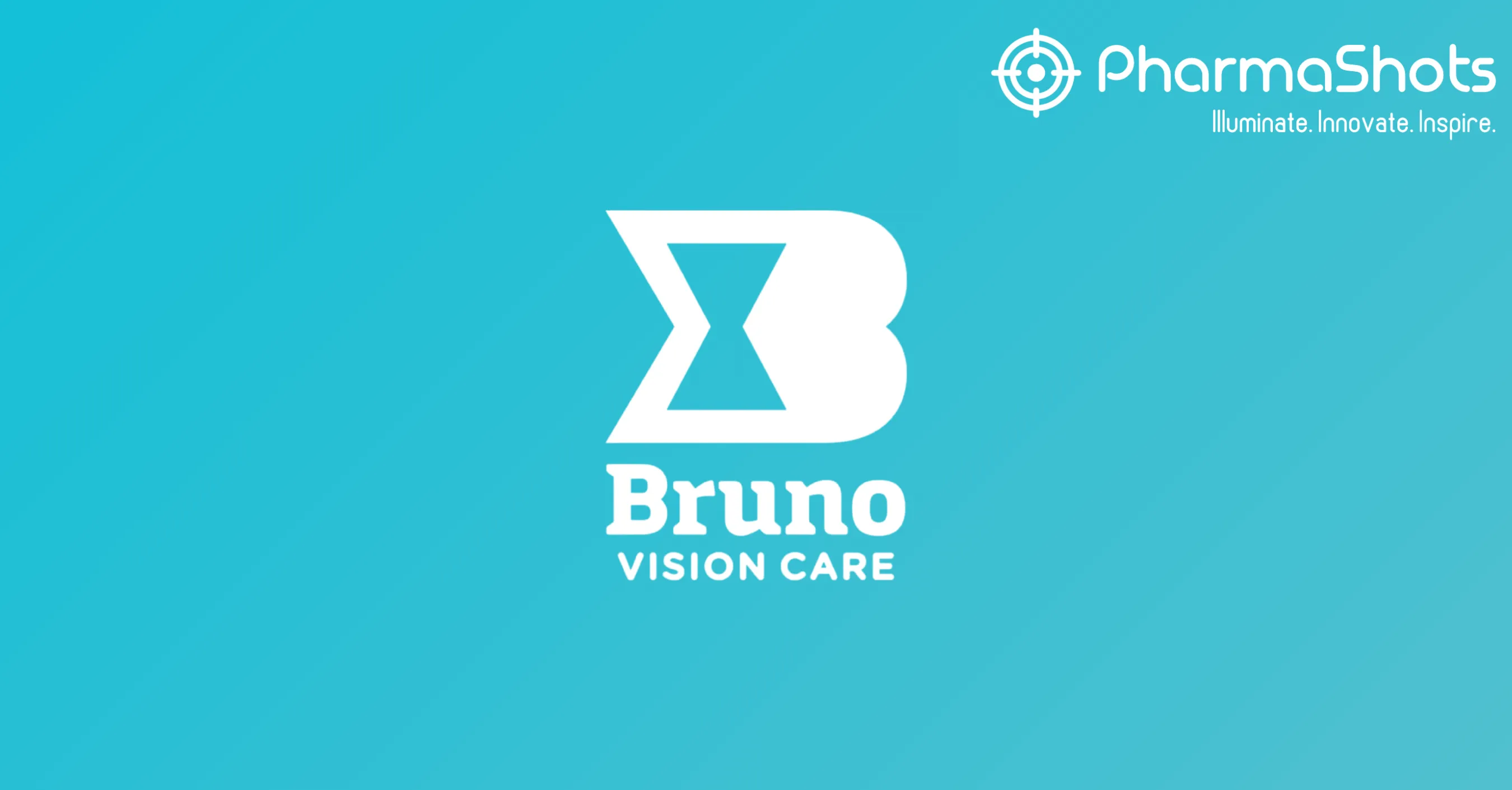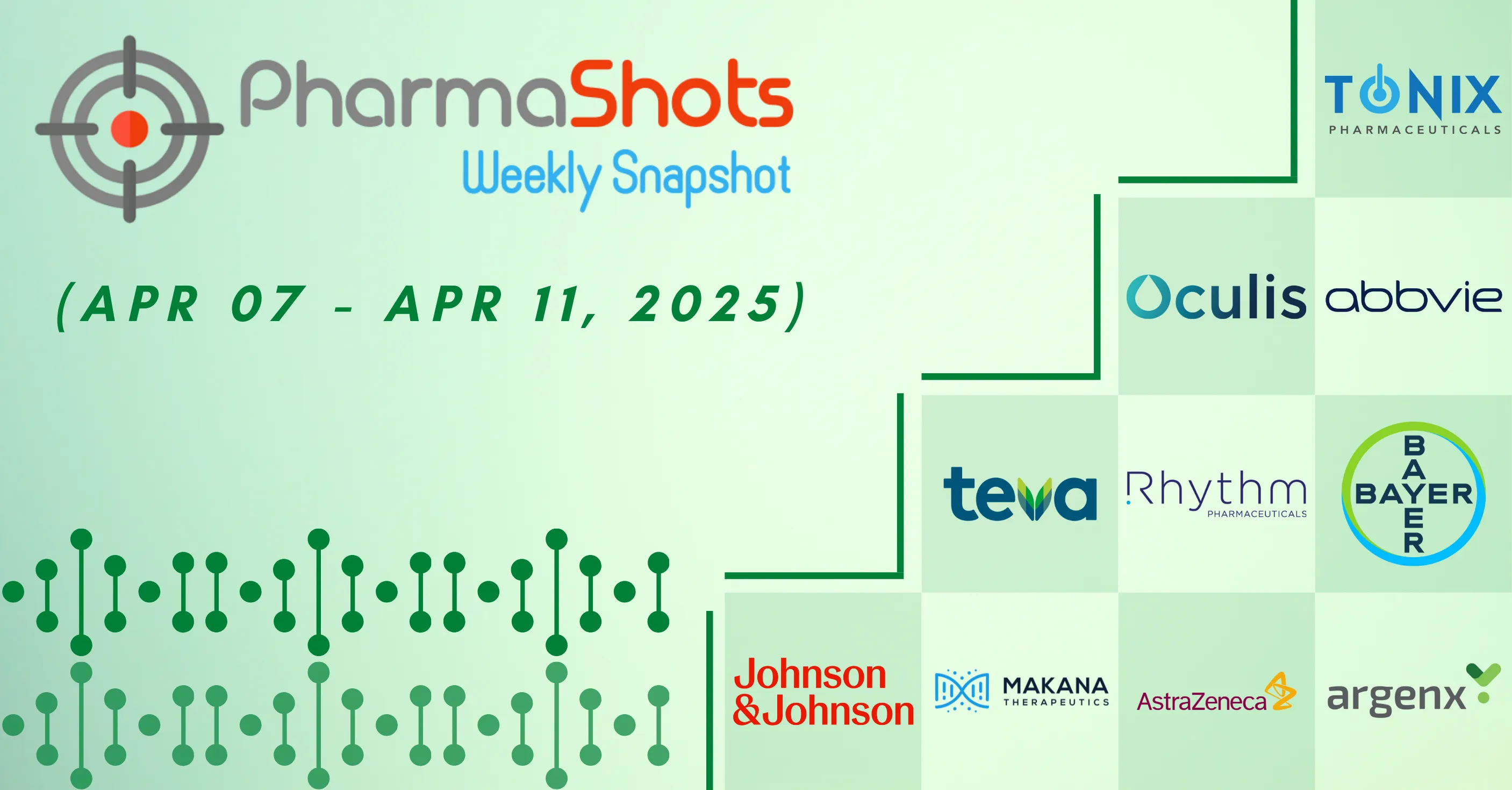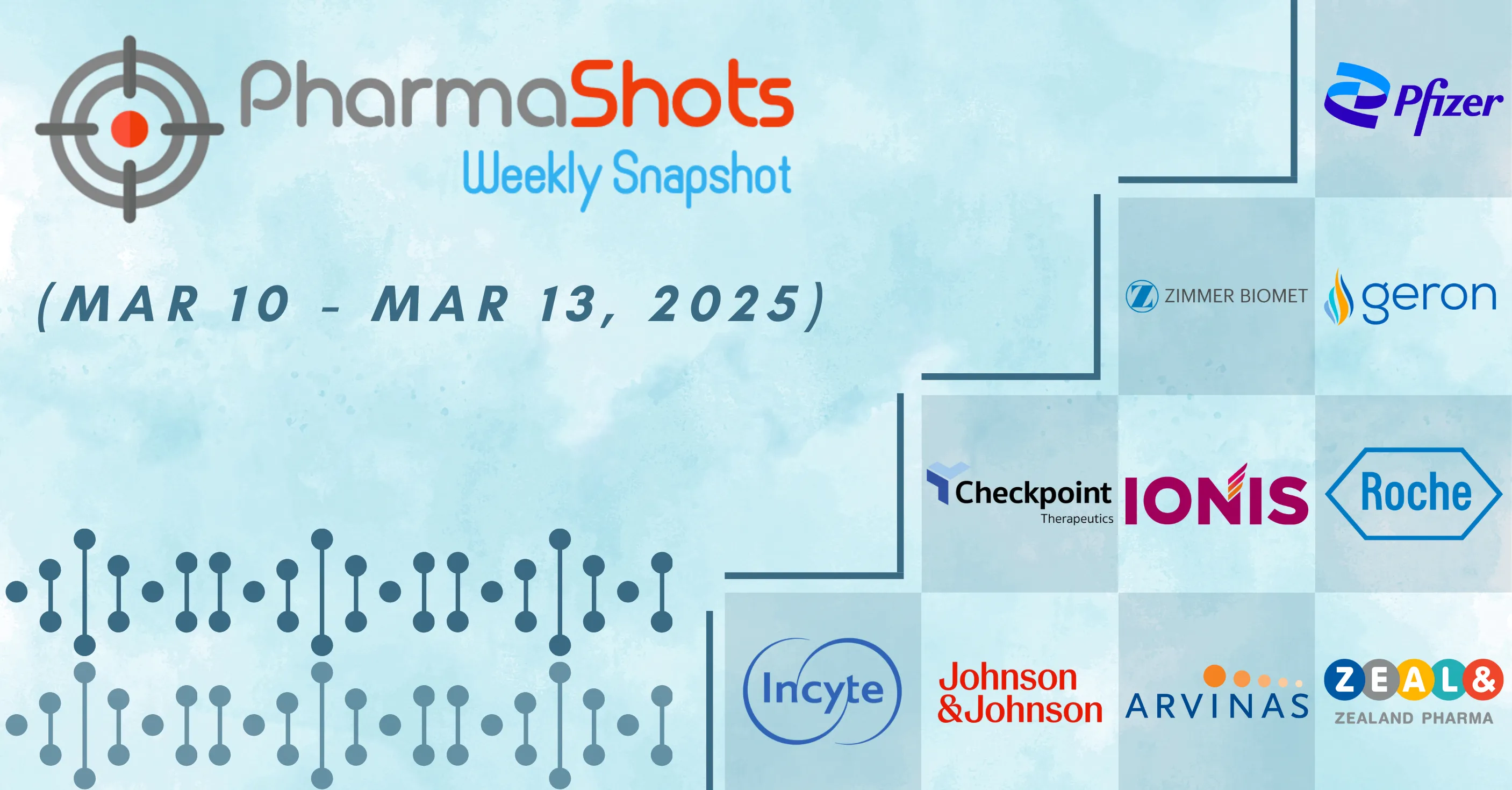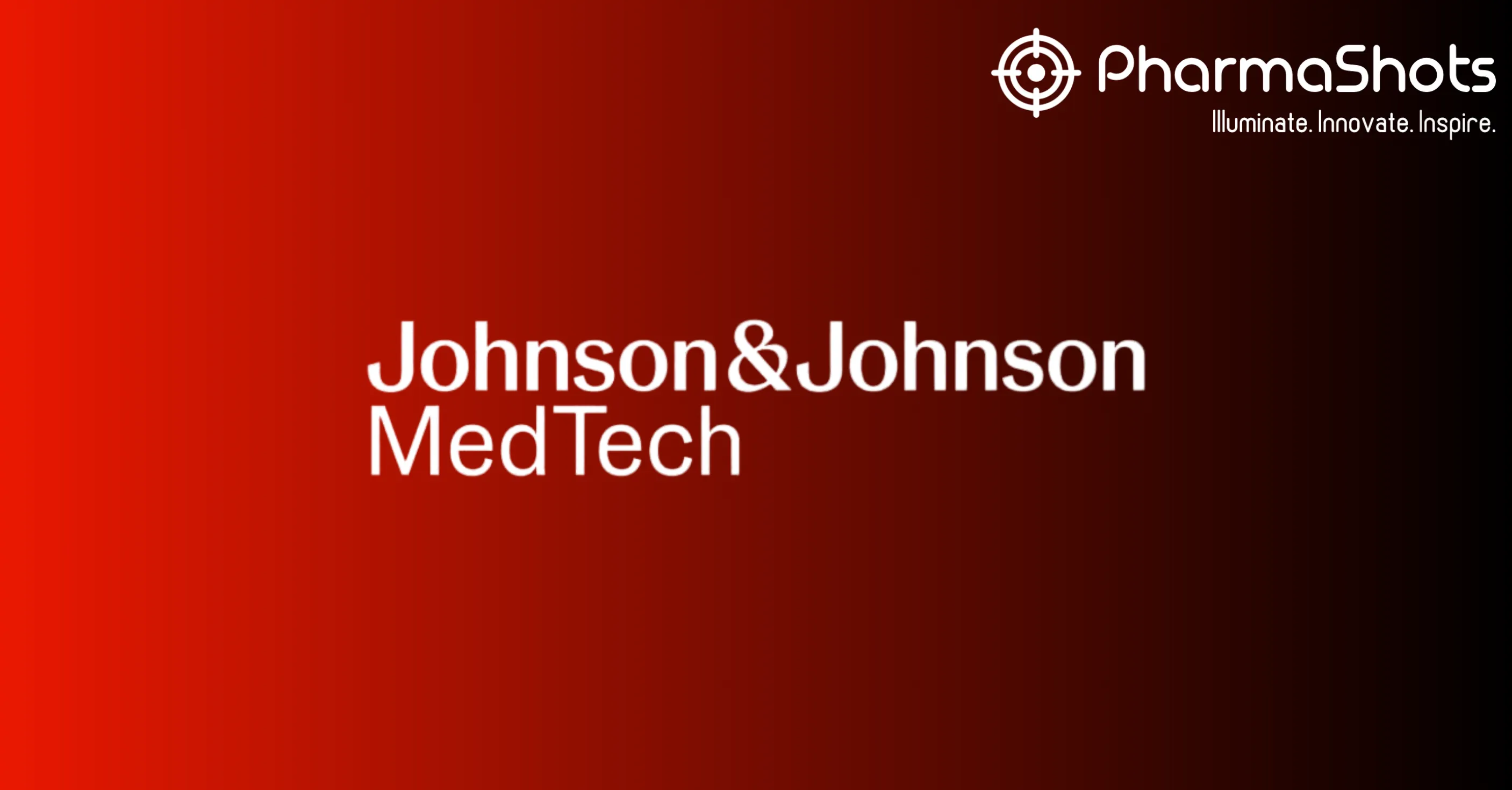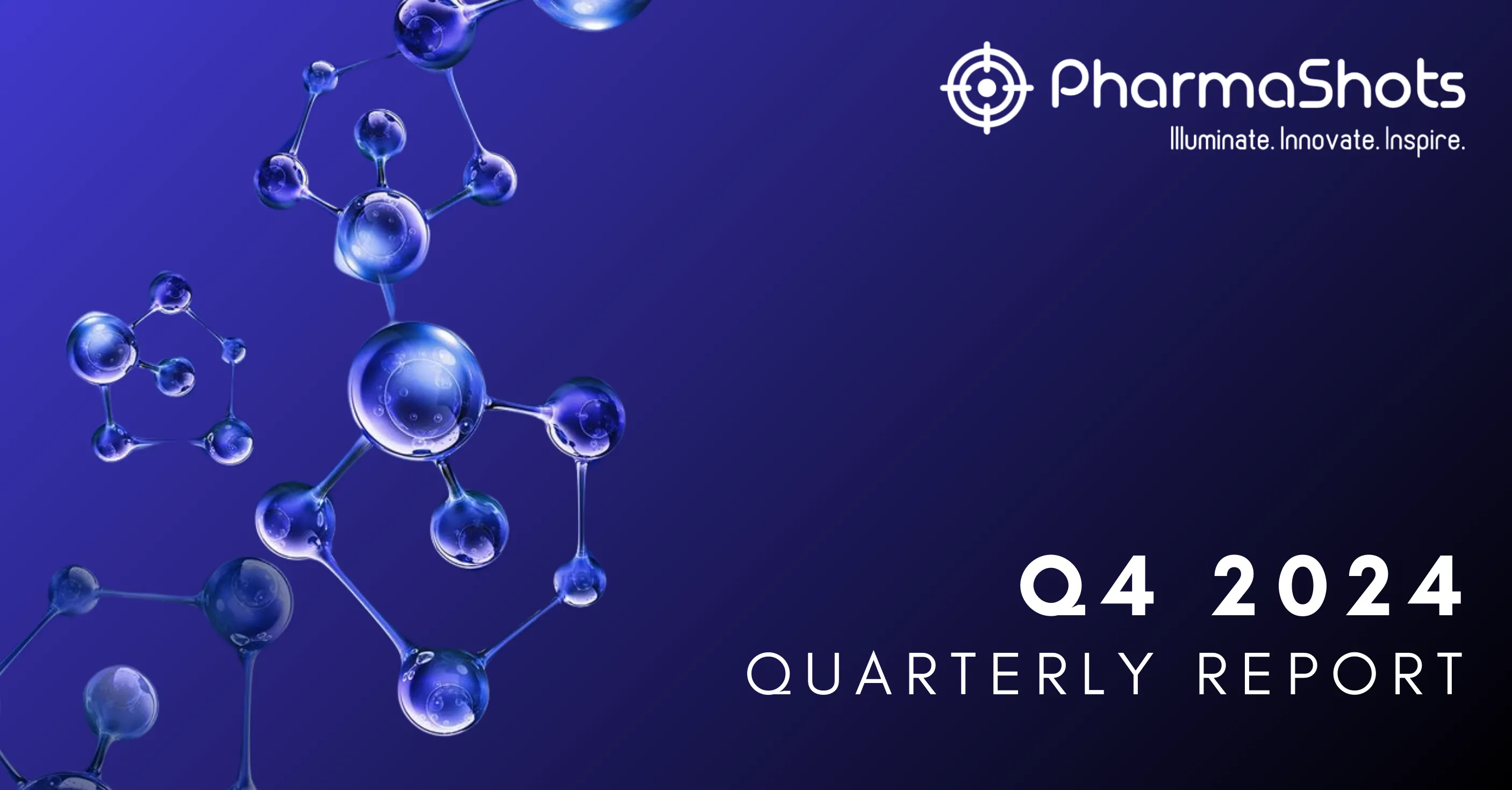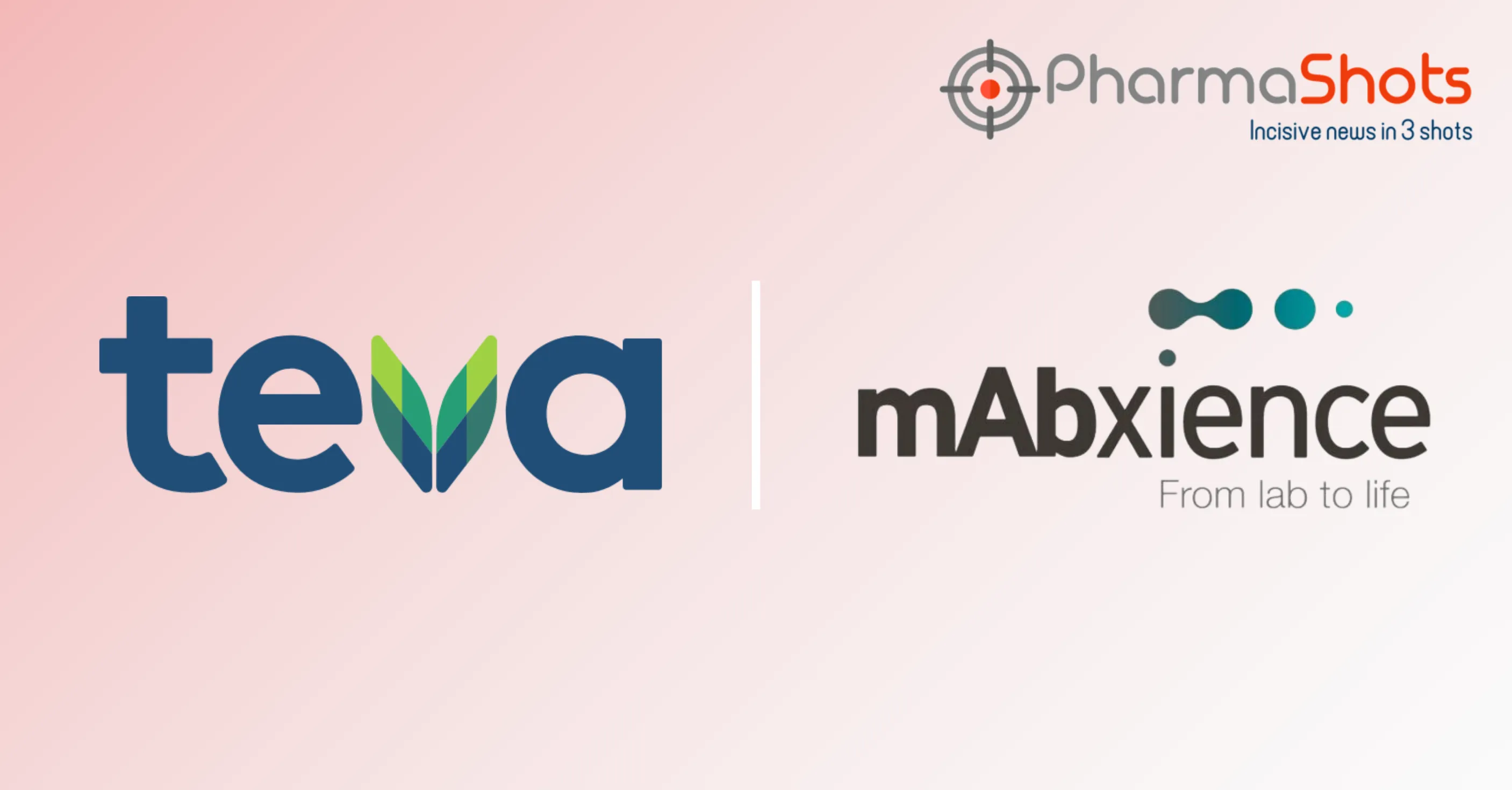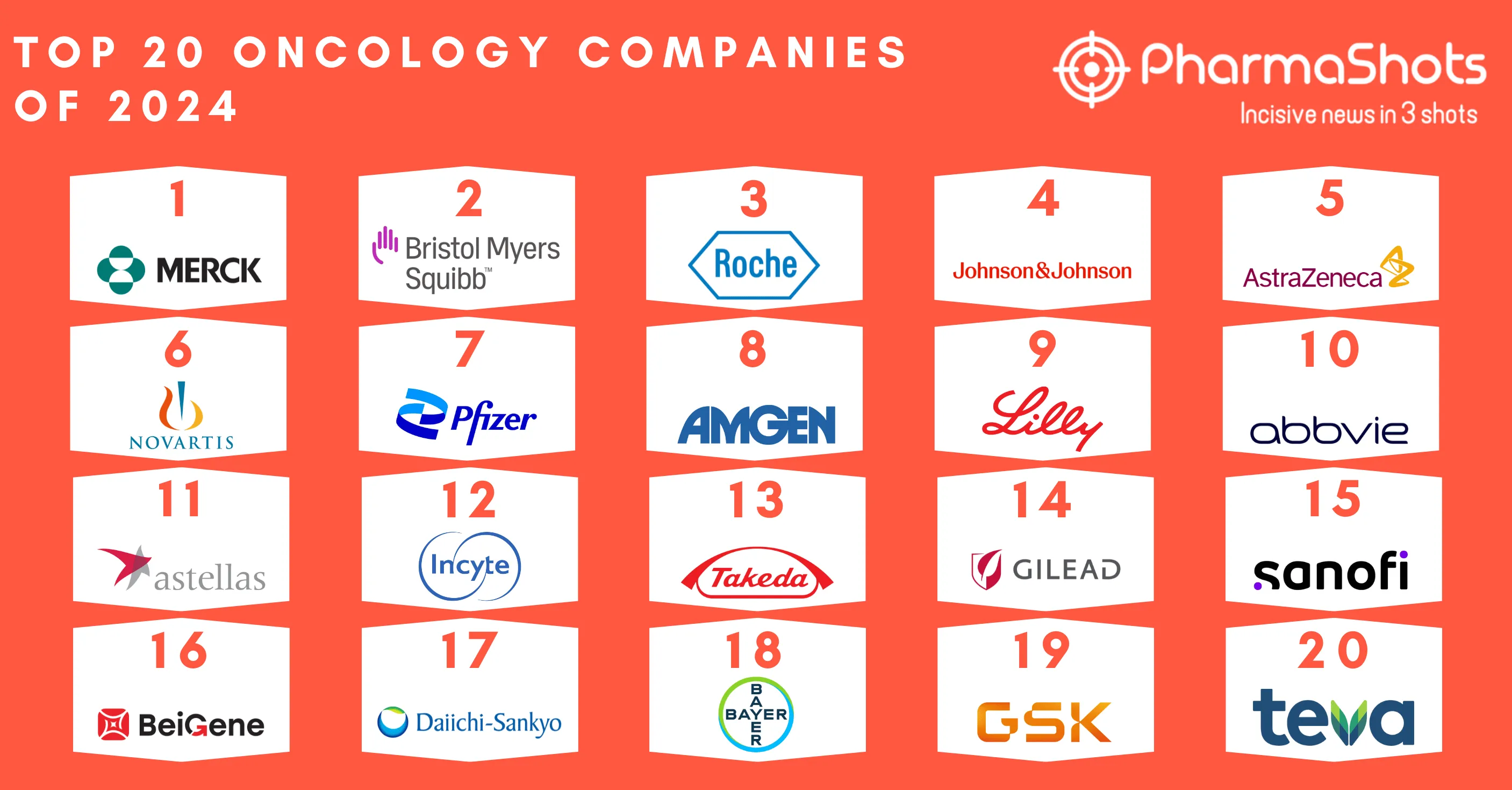
Astellas Signs a License Agreement with Minovia for Novel Mitochondrial Cell Therapy Programs
Shots:
- Minovia receives a $20M up front and is eligible to receive ~$420M per product in development- regulatory & commercial milestone for mitochondrial cell therapies caused by mitochondrial dysfunction
- The collaboration is to accelerate the allogeneic mitochondrial cell therapy programs & extend Astellas’ capabilities in mitochondrial biology. The collaboration follows the recent acquisition of Mitobridge and Nanna
- The goal is to treat mitochondrial dysfunction through the transfer of healthy mitochondria to restore the tissues. Currently- Minovia is conducting research- development- and clinical studies with MAT in mitochondrial diseases
Ref: Astellas | Image: Astellas
Click here to read the full press release

This content piece was prepared by our former Senior Editor. She had expertise in life science research and was an avid reader. For any query reach out to us at connect@pharmashots.com




